Where to go – once conditions allow – is on everyone’s mind these days. Our wish list of best holiday destinations for 2020-21 include countries that stand out for their proactive handling of the crisis. Other countries have the added benefit of geography and their remote locations that seems to have sheltered them during the height of the pandemic.
Realistically it will be a while before we can take many of these trips. And even when we do, it will be in smaller numbers and with a number of unprecedented provisos. For the foreseeable future, it looks like tracking, testing and precautions like masks and physical distancing that have already become second nature are going to be part of our travelling regimen. We encourage you to be a responsible traveller and travel with up-to-the-minute information to protect yourself and the people you meet. But when the situation allows us to travel safely once again, here are World Travel Magazine’s Best Holiday Destinations for 2020-21.
Mongolia
Mongolia, the country with the lowest population density in the world, gives a whole new meaning to the phrase “the middle of nowhere”. And therein lies the country’s appeal. Rivers, lakes mountains and the vast expanses of the Gobi Desert are just some of Mongolia’s breathtaking landscapes. Mongolia is marked by its still largely nomadic culture. Outside of the modern capital city Ulaanbaatar, accommodations will often be in well-appointed yurts, called ger in Mongolian.
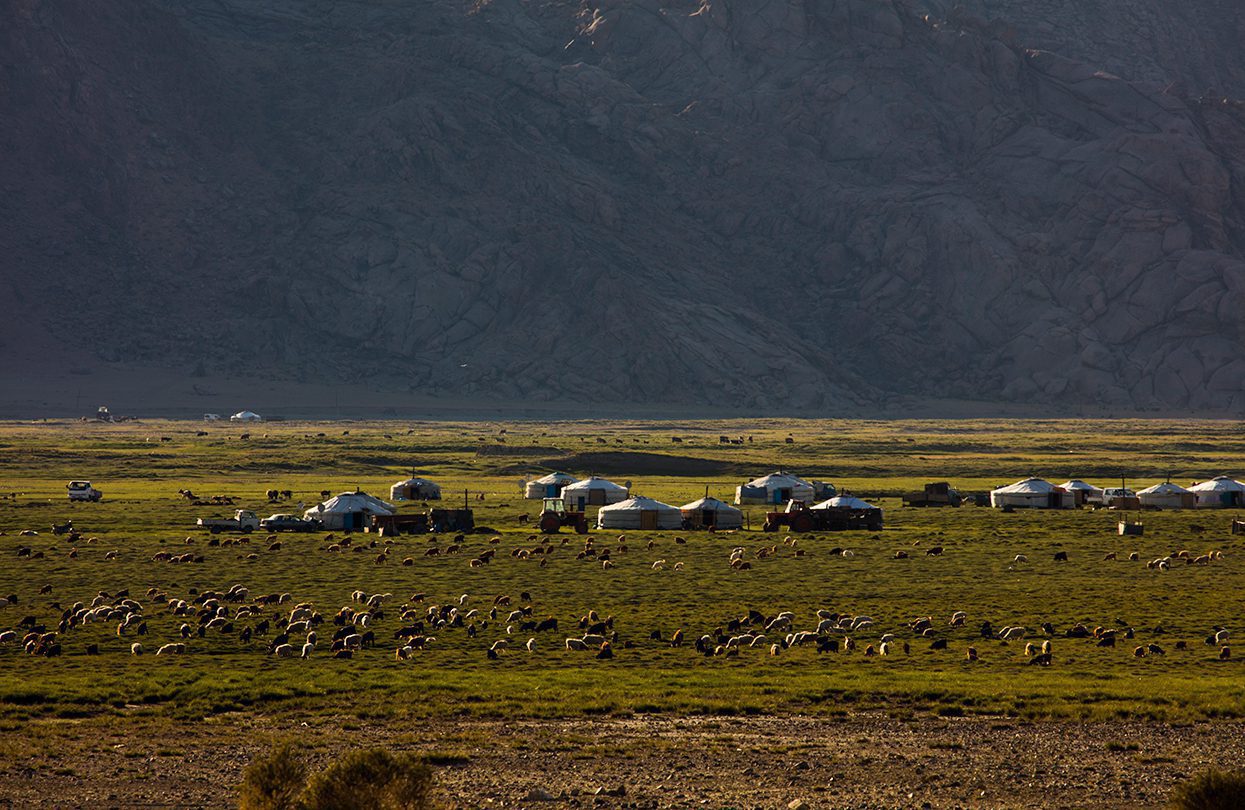
Outside of the modern capital city Ulaanbaatar, accommodations will often be in well-appointed yurts
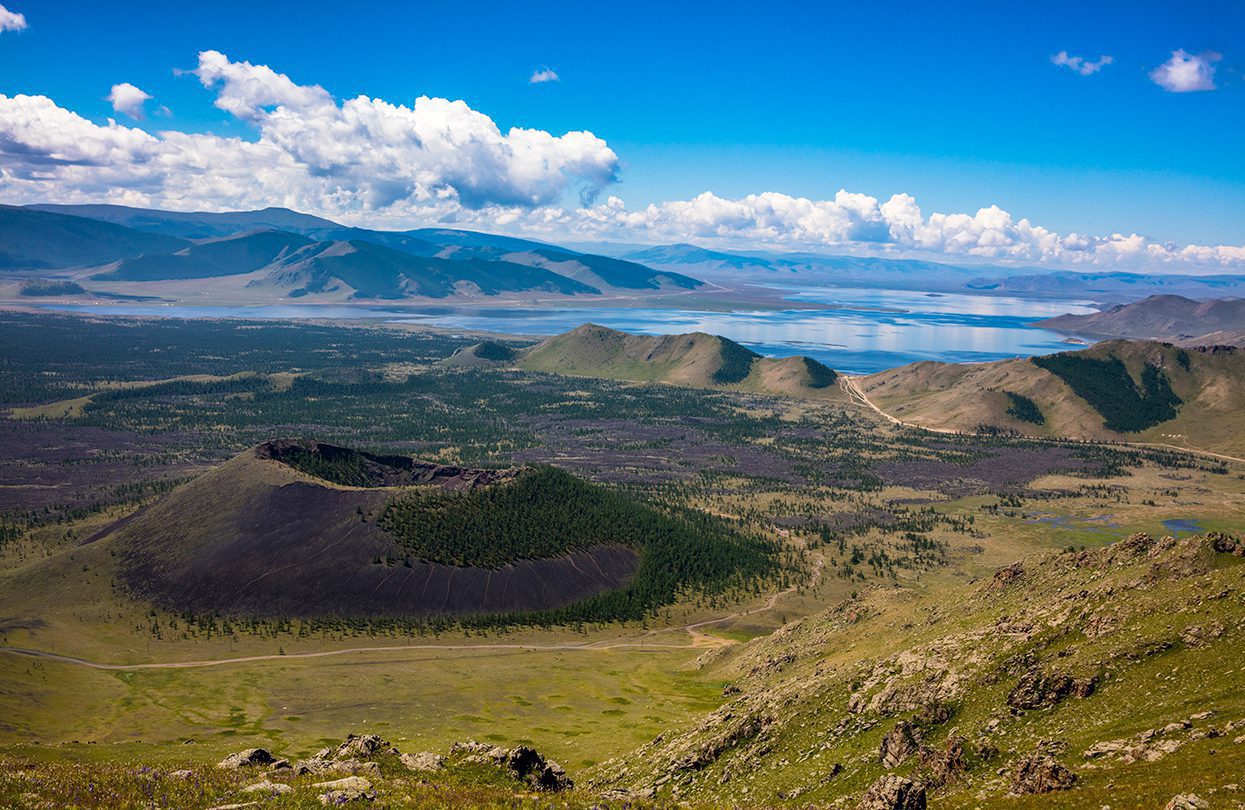
Khorgiin Togoo volcano, located on the bank of Terkhiin Tsagaan Lake, Mongolia
Horseback riding, eagle hunting and traditional wrestling are among the activities you’ll partake in. Khorkhog and boodog are festive dishes usually made of goat and cooked with hot stones, in a pot for the former and sewn into the carcass for the latter. Note that Mongolian weather in Mongolia is extreme, dropping to -30°C in the winter and rising to 50°C in the continental summer.
Taiwan
Where to go in Taiwan depends on your interests. The capital Taipei is the heart of commerce and culture. In addition to a renewed interest in the indigenous culture of the island, Taiwan can trace its heritage to Han Chinese influence of course, but also the Japanese and Americans and trade with Europe, in particular Holland and Portugal. The collections of the National Palace Museum are dazzling. The night markets of every town from Taipei and Kaoshing are packed with delicious street food. The coast means sand dunes and plains to the west and dramatic cliffs in the east.
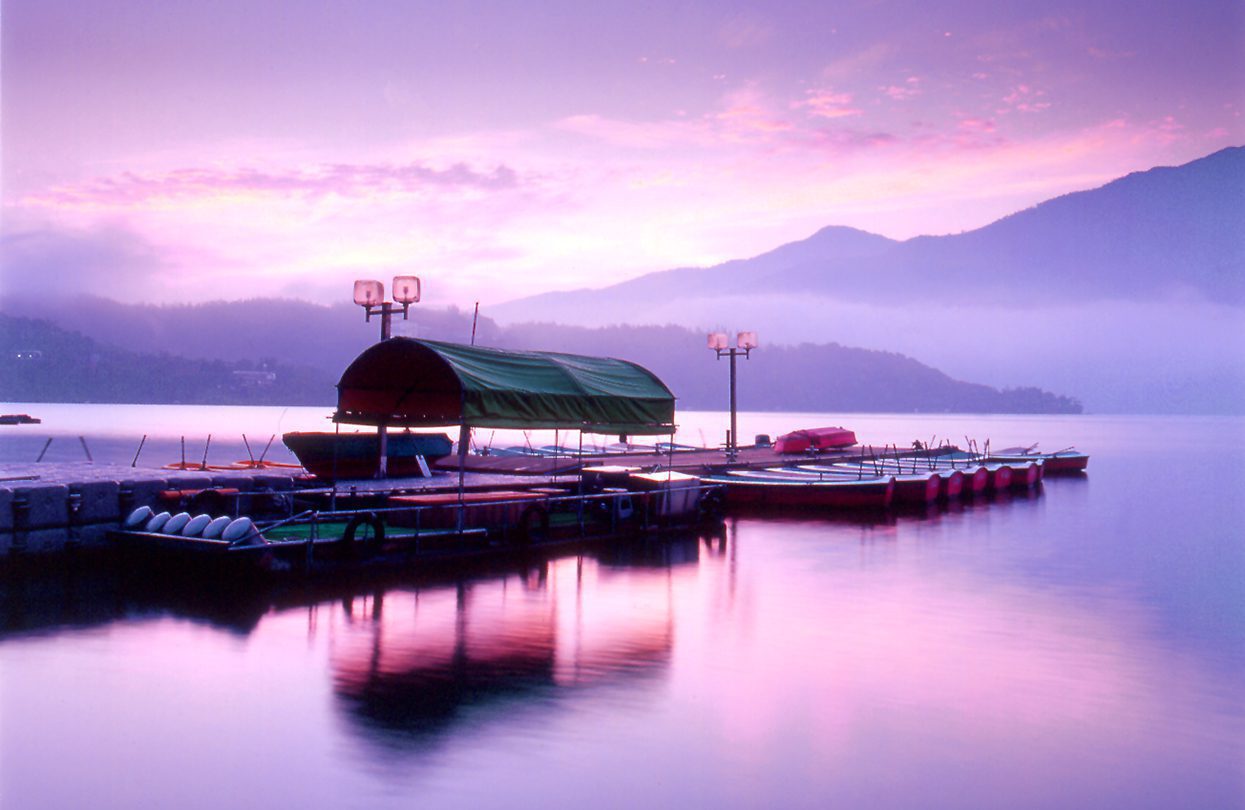
Dawn at Zhaowu Wharf, Photography by Jhuang Wang Chin-Chu, photo courtesy Taiwan Tourism Bureau
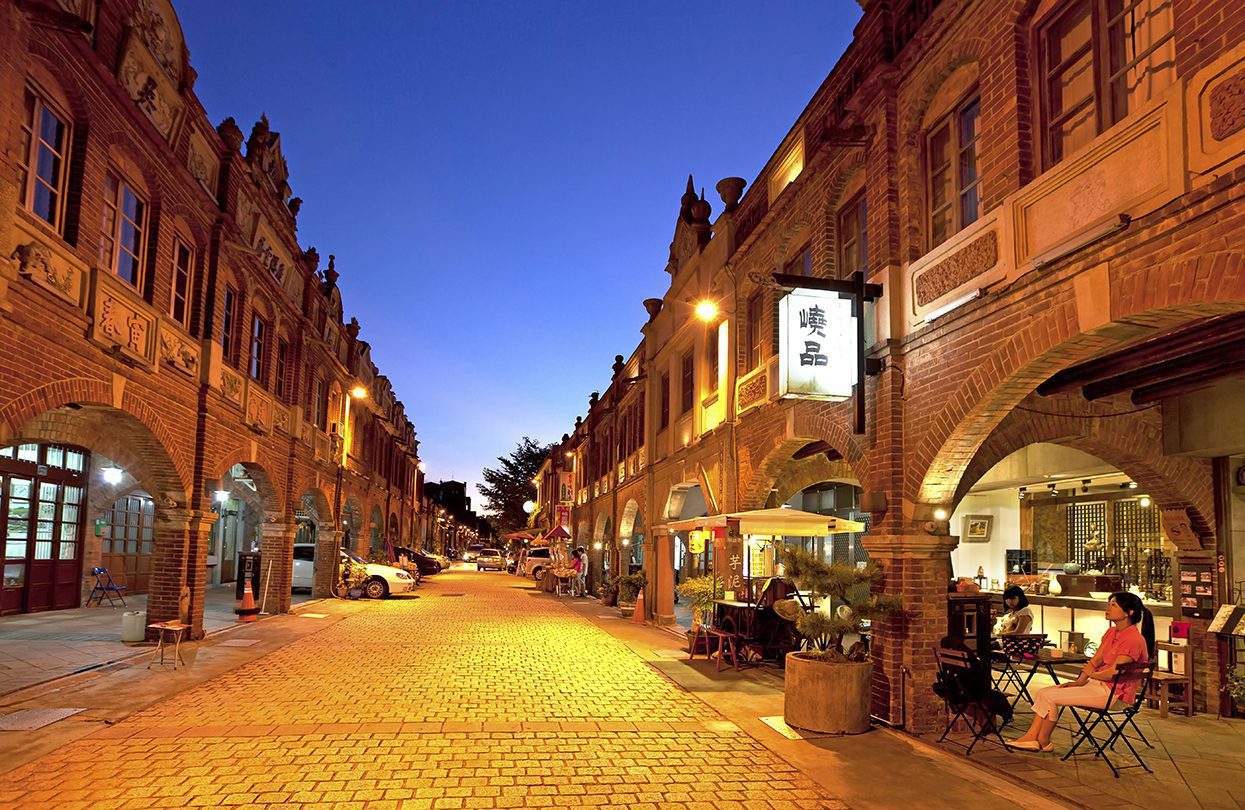
Hukou Old Street, Photography by Hsinchu County Government, photo courtesy Taiwan Tourism Bureau
Inland, there are mountains, forests and the lunar landscapes of Caoshan Moon World. For health and relaxation, head to one of the island’s 100-plus natural springs. Taiwan’s weather is tropical in the south and cooler and rainier in the north. September to November offers the mildest weather with the changing of autumnal colours in September. At Volando Urai Spring Spa, wellness, art and music come together to form a holistic stay.
Vietnam
Where to go and what to do in Vietnam really depends on you. The choice is yours from the intense hustle of Hanoi to the lackadaisical chaos of Ho Chi Minh City, from hikes through the graceful terraced rice paddies of Sapa in the north to relaxing on the white sandy beaches of the (visa-free) island of Phu Quoc in the south, the country is an endless string of surprises. Da Lat is known for as the city of eternal springtime for its temperate climate; coastal Da Nang also offers easy access to the resort of Ba Na Hills and the much photographed Golden Bridge.
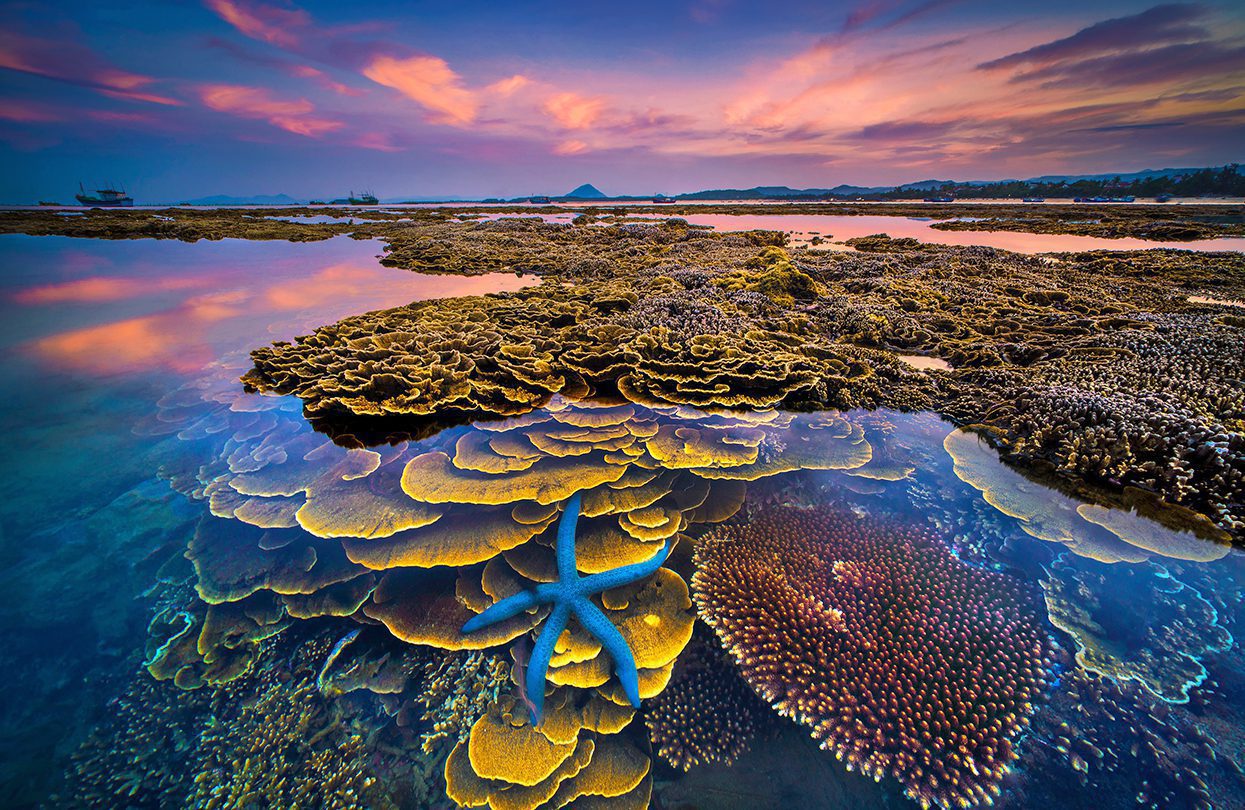
Colours of the sea, (Hon Yen – Phu Yen), photo by Tran Bao Hoa – Binh Dinh, Vietnam National Administration of Tourism
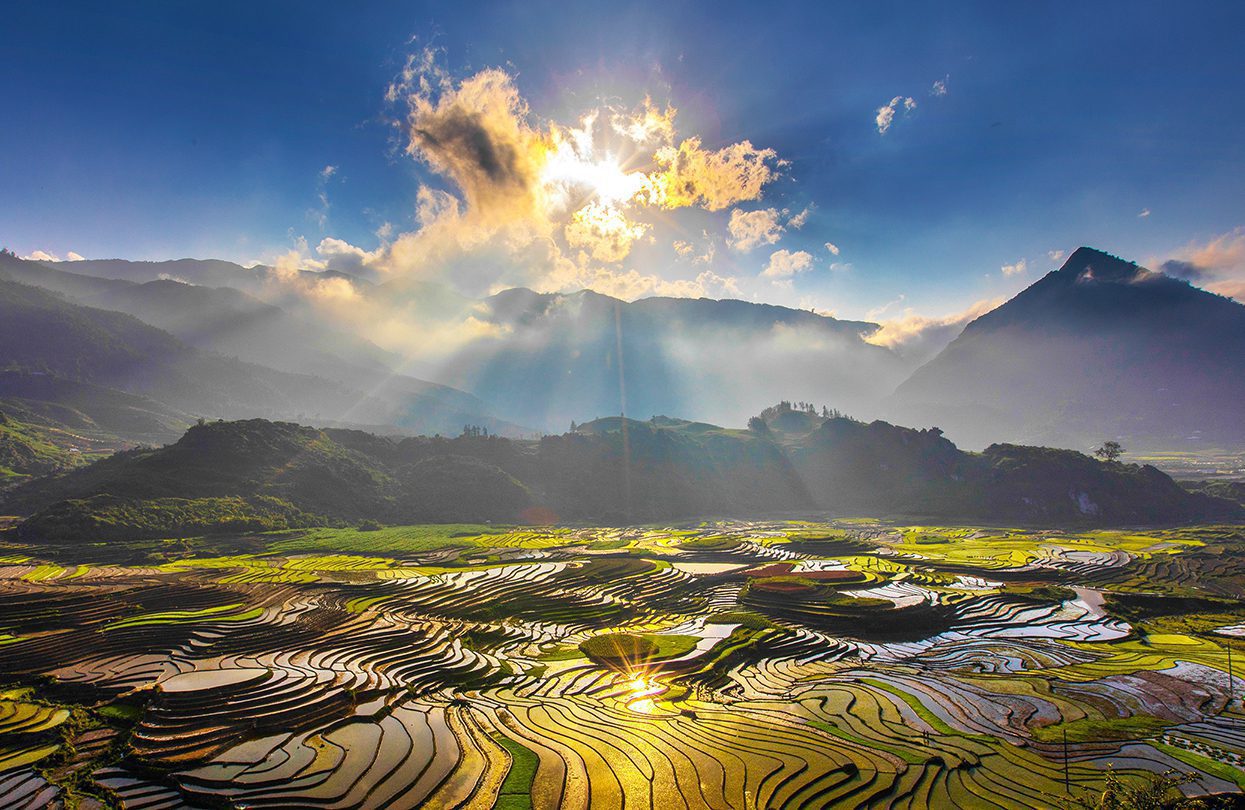
Ta Phin flooding season (Lao Cai), photo by Tran Quoc Loc (Hanoi), Vietnam National Administration of Tourism
Nearby Hue was the historic imperial capital. Both Azerai Hue La Résidence and Azerai Can Tho, in the heart of the Mekong Delta, are properties known for their relaxed elegance, attentive service and commitment to wellness. Vietnamese food in all regions shares an attachment to local produce, fresh herbs and bright balanced flavours, from French-inspired beefy ragu bo cooked with coconut water to the dazzling array of seafood on offer.
Maldives
The 1200-some islands that comprise the archipelago of the Maldives in the Indian Ocean are the country’s main attraction. While some tourists visit the mosque and markets in the capital Malé, the real appeal is the resort islands of the Maldives, each resort built on a separate uninhabited island, ideal in these times when physical distancing is a sought-after attribute. Activities include scuba diving, snorkelling, fishing and wind-surfing.
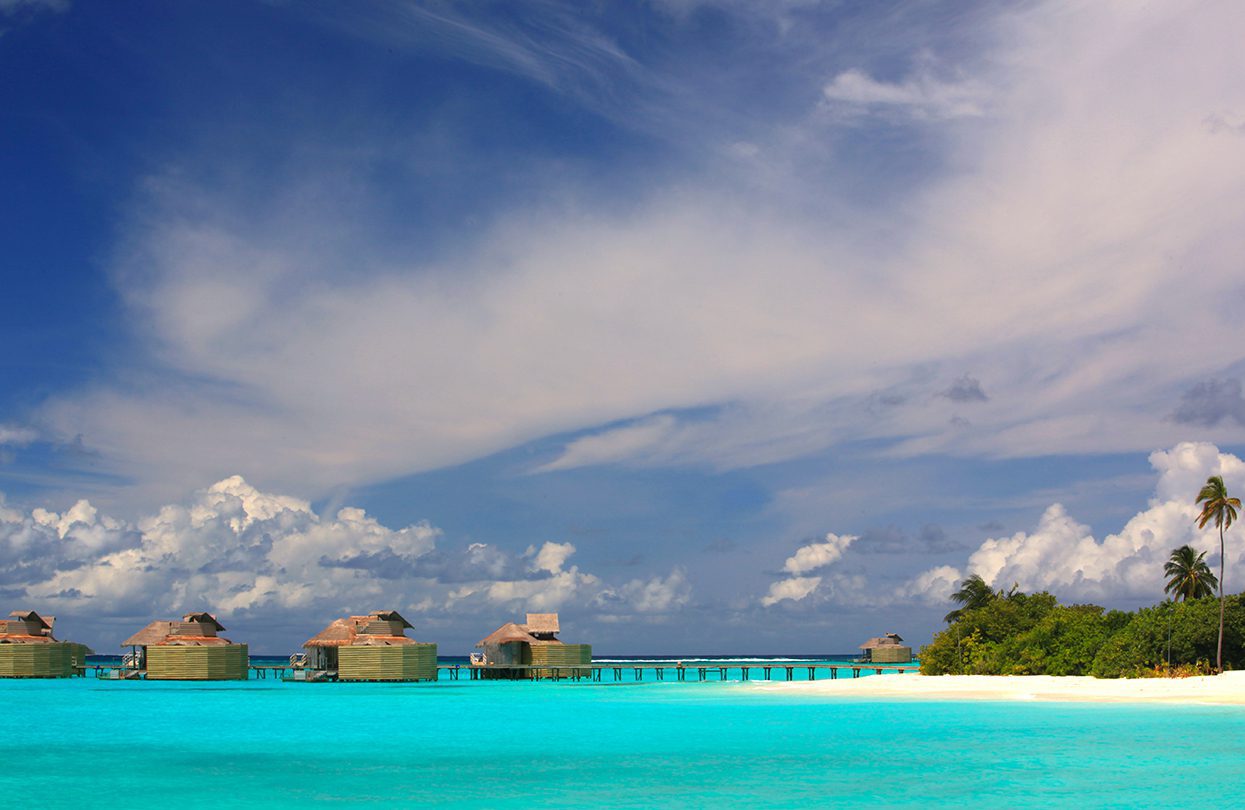
Water Villa, Six Senses Laamu
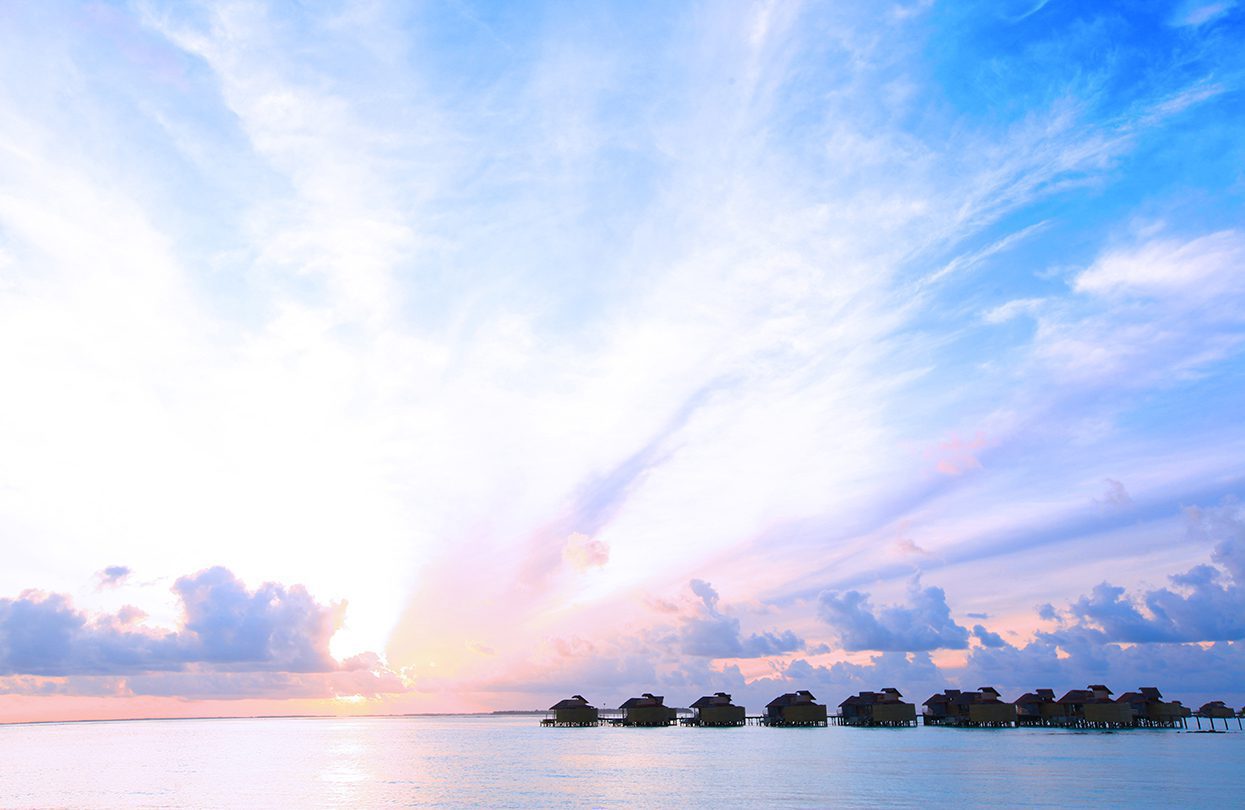
Water Villa Sunset, Six Senses Laamu
Resorts like Six Senses Maldives Laamu highlight their commitment to sustainable tourism, wildlife and marine conservation and attachment to the environment in a sumptuous setting. The best time to visit the Maldives is during the driest months from December to April but even if rain is possible the rest of the year, chances are it won’t interrupt your idyllic holiday for long.
Kerala
Kerala is an overlooked gem of natural beauty, soft sandy beaches along the Arabian Sea and a laidback pace of life that you won’t find anywhere else in India. The cuisine of the south is rich in seafood, spice and coconut. The state of Kerala has four airports, the newest of which is in the historic city of Kannur known for its theyyam rituals and its historic 16th century St. Angelo Fort.
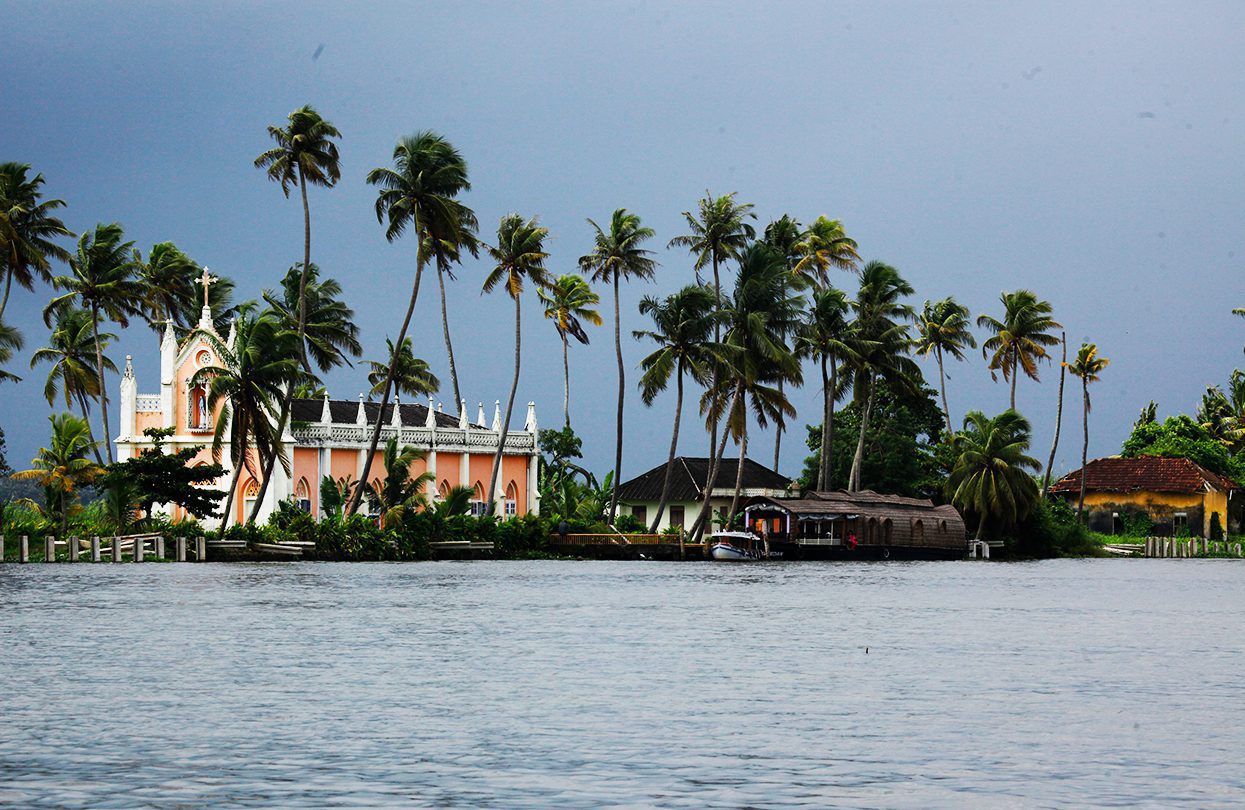
Alappuzha backwaters, Kerala Tourism
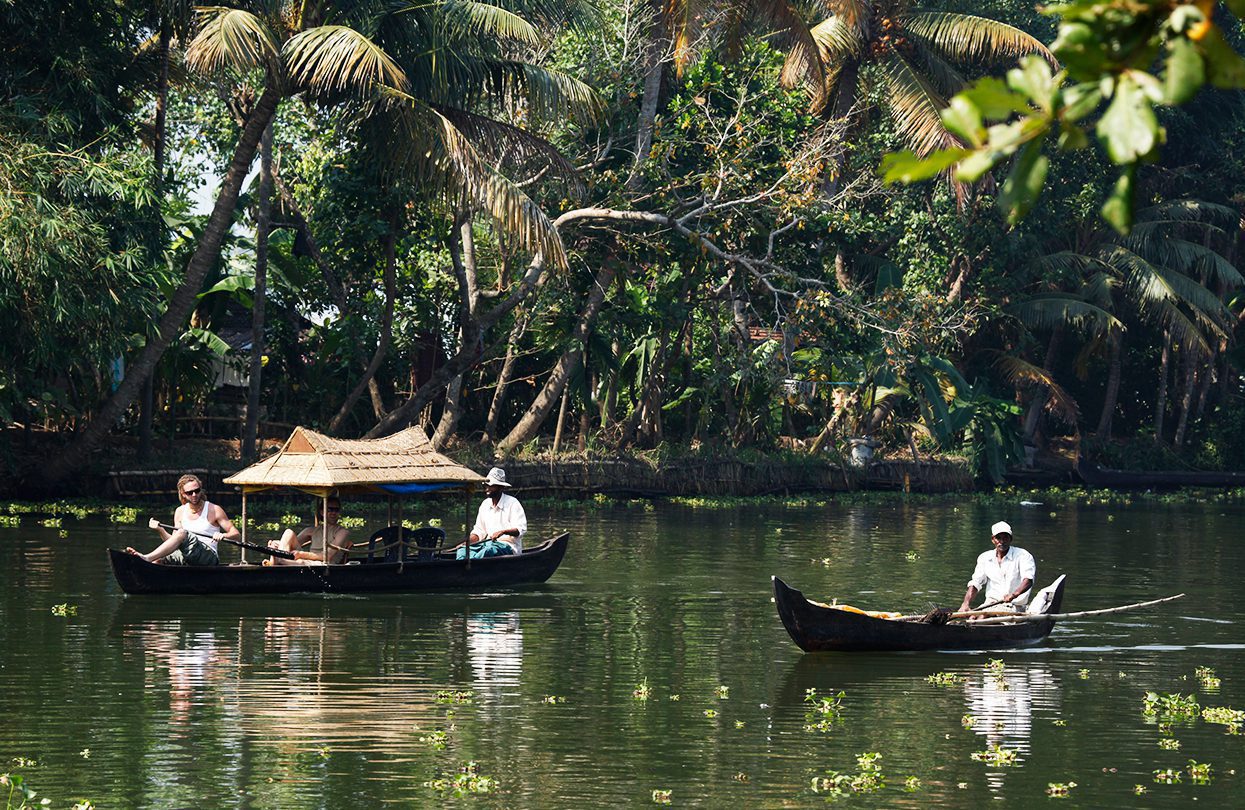
Alappuzha backwaters, Kerala Tourism
Inland, visit tea plantations in Munnar. Alleppey is a convenient starting point to explore the backwaters of Kerala on a well-appointed houseboat. Catch a kathakali perfomance in Cochin or check into an Ayurvedic spa for anything from a well-oiled massage to a purifying week-long sojourn (a pachakarma) that will reset your body from head to toe. Consider a pool villa at the Kumarakom Lake Resort is a good choice or the 400-year old Kuruvinakunnel Tharavadu Heritage Homestay in the middle of some of the world’s most prized pepper plantations. The best time to visit Kerala is in the milder months from September to March.
New Zealand
Aotearoa or The Land of the Long White cloud is the Maori name of the country that many associate with Middle Earth, the wondrous land of The Lord of the Rings books and films. The natural landscapes are “choice” and the best way to see it all is a roundabout New Zealand road trip, a “tiki tour”, meandering around the country. Starting with Auckland in the top of the North Island, you’ll end up in Rotorua for a soak in the mud spas and a close look at Maroi culture.
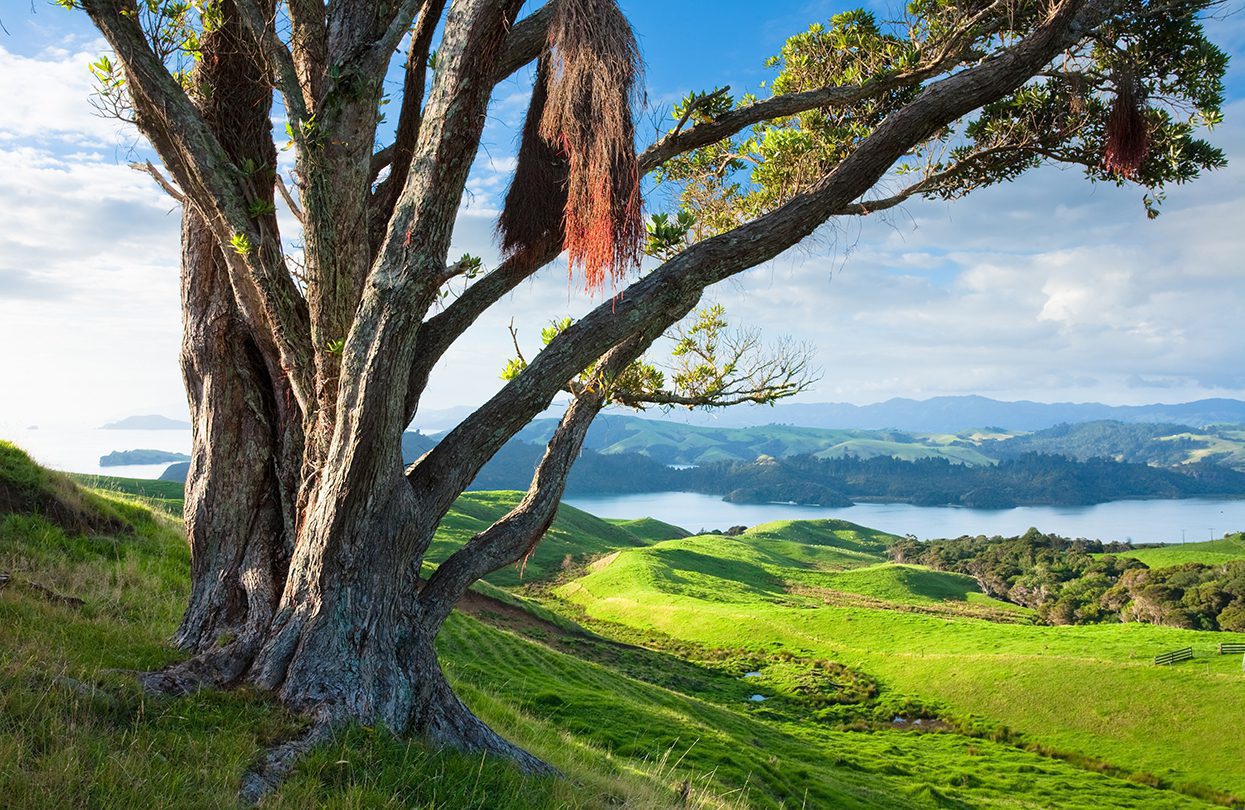
View from the hills overlooking The Coromandel Peninsula, image by Destination Coromandel, Tourism New Zealand
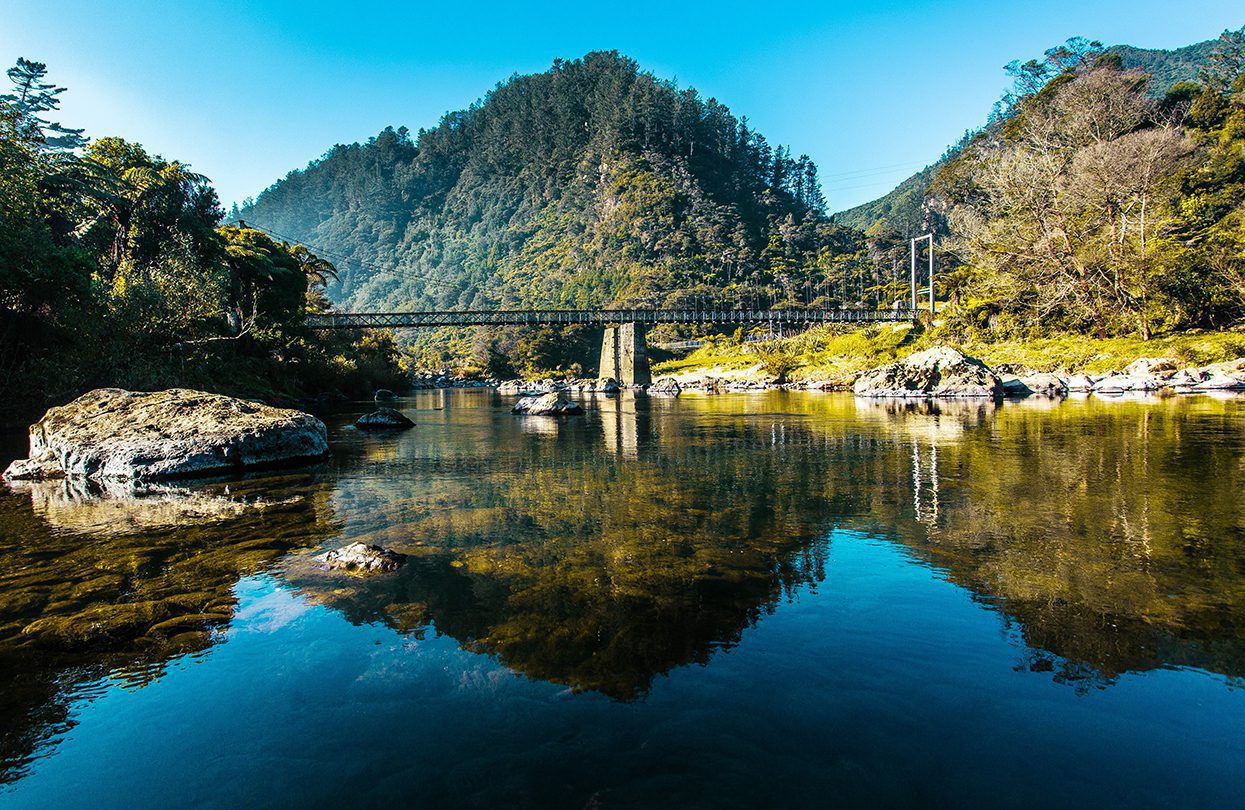
Reflections in the peaceful Karangahake Gorge – a favourite cycling and hiking trail on The Coromandel Peninsula, by Destination Coromandel, Tourism New Zealand
From there move on to the capital Wellington and from there cross to the South Island’s biggest city Christchurch, maybe stopping in the wineries of Marlborough and at the Hanmer Springs on the way. Moving further south, admire the lush green Catlins before “tramping” (hiking) the Rakiura Track. You may end up in the “wop-wops” (the middle of nowhere), but really isn’t that the point?
Iceland
The best time to visit Iceland for outdoor activities is June, July and August when the days are long and nights are never completely dark. However, the best time for the Northern Lights in Iceland, also known as the Aurora Borealis, is when the nights are long, from September to March. The mineral-rich water of the Blue Lagoon is the most famous spa in Iceland, but the Secret Lagoon and Myvtan Nature Baths are other alternatives. Plus natural hot springs like those around Strokkur are found throughout the island. Animal lovers will ride distinctive short-legged horses, go whale watching or visit Puffin Island to see cuddly birds.
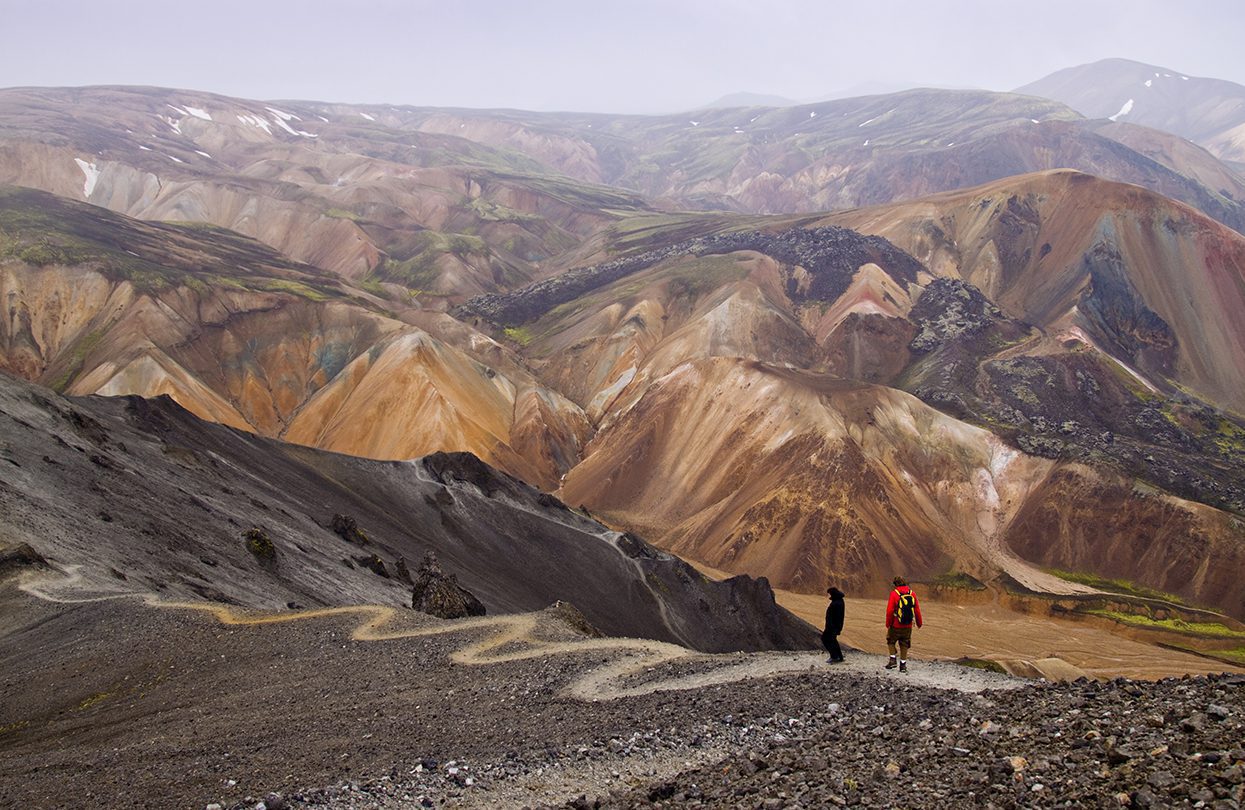
Hiking in Iceland, image by Promote Iceland
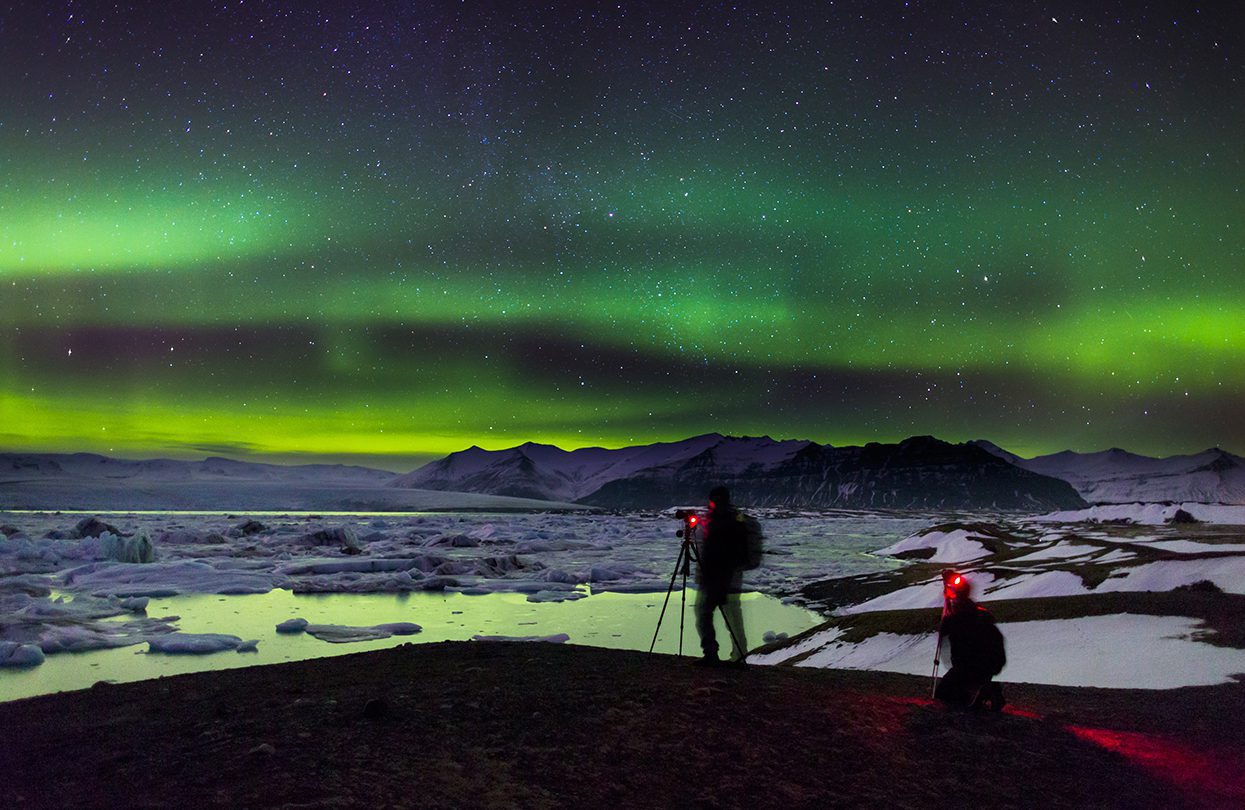
Jokulsarlon Glacier Lagoon, image by Ragnar Th Sigurdsson, Promote Iceland
Reykjavik’s nightlife is legendary, but if you’re looking for something more gastronomic, try to score a table at Dill, the only restaurant in the country to win a Michelin star, that showcases unique Icelandic ingredients. Iceland’s weather is milder than you think, though the beaches are better suited to long strolls rather than sunbathing. Average temperatures in the capital range from 1°C in the winter to 12°C in the summer, though they can dip to -10°C and rise to a balmy 25°C on the warmest days of the year.
Fiji
The 300 islands that make up Fiji are known for their breath-taking natural beauty. Beaches of course play a big role in this island destination, but there are more things to do in Fiji than lounging on the sand. Snorkelling in Yasawas or scuba diving in the Rainbow Reef off of Taveuni are popular.
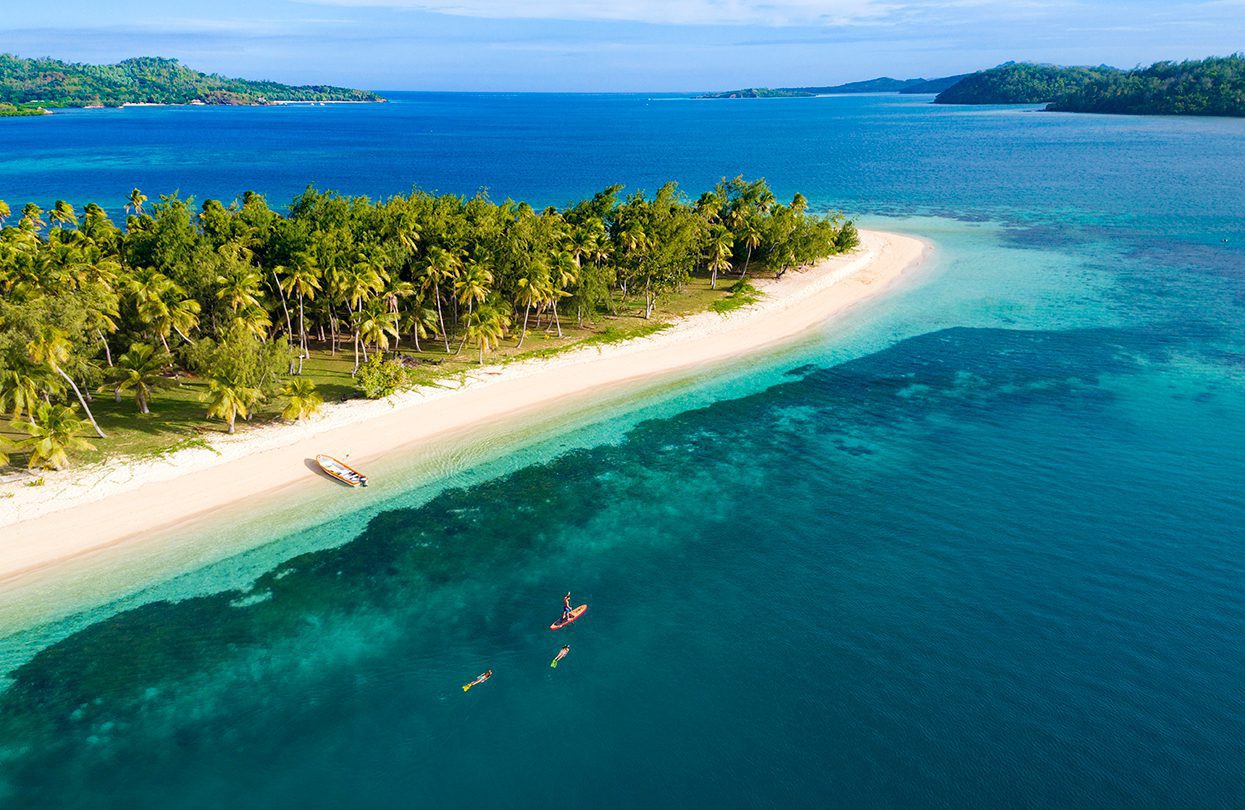
SUP and Snorkel, image by Tourism Fiji
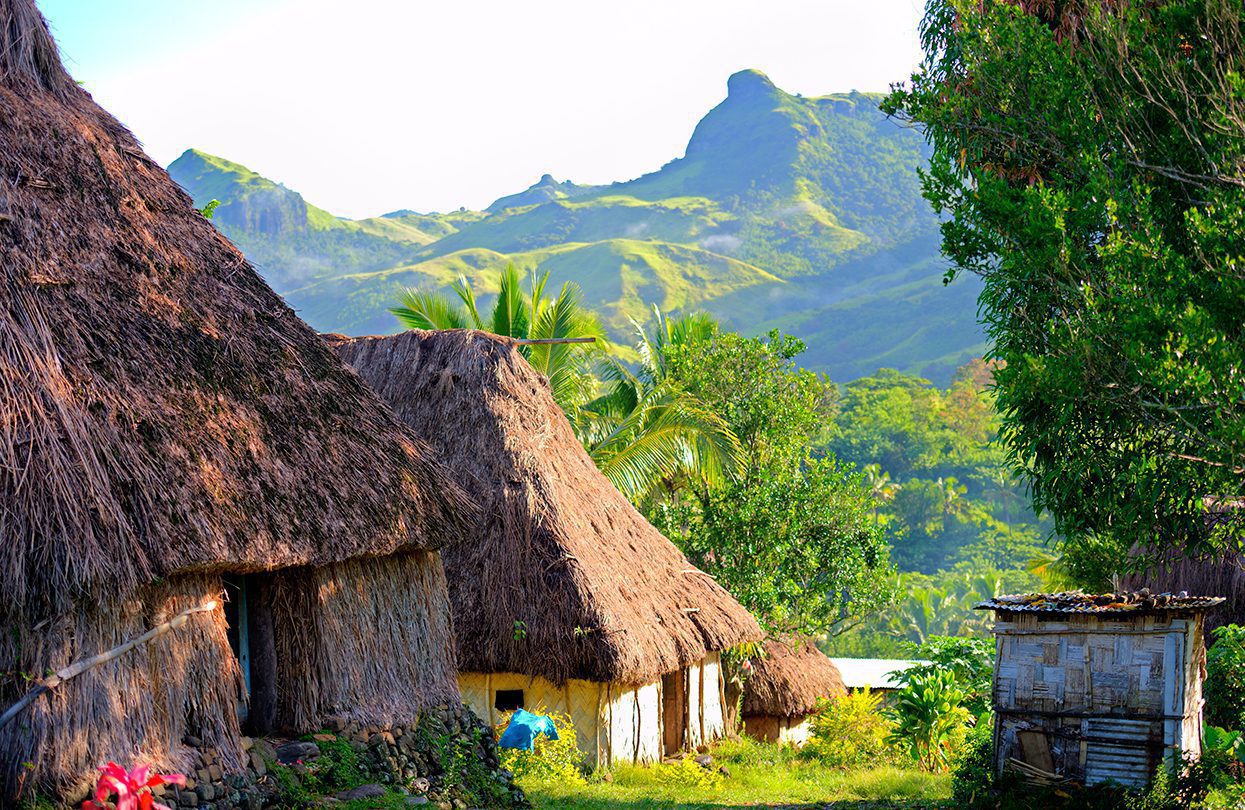
Village bures at Navala, image by Mark Snyder, Tourism Fiji
Take a helicopter to Mamanuca Island to see the natural landscape form the air. Eat lovo (barbecue wrapped in taro leaves and cooked buried in hot coals) and drink kava, the local muddy moonshine — at least once. People in Fiji couldn’t be more hospitable, so drinking a shot is polite acknowledgement of a warm welcome. And after a day of exploration and activities, have a banana leaf massage, including a scrub made of sugar and coconut, and banana leaf body wrap.
Aruba
The white sandy beaches of Eagle Beach, Palm Beach, Baby Beach and Boca Prins are what bring visitors in. Of course diving and water sports play a big role as well. But there are so many other things to do in Aruba. Visit the airy Guadirikiri Caves and the cave painting by Arawak Indians left over a millennium ago. The capital Oranjedstad offers attractions like the National Archaeological Museum of Aruba, but visitors often miss the street art and galleries of St Nicolas in the south.
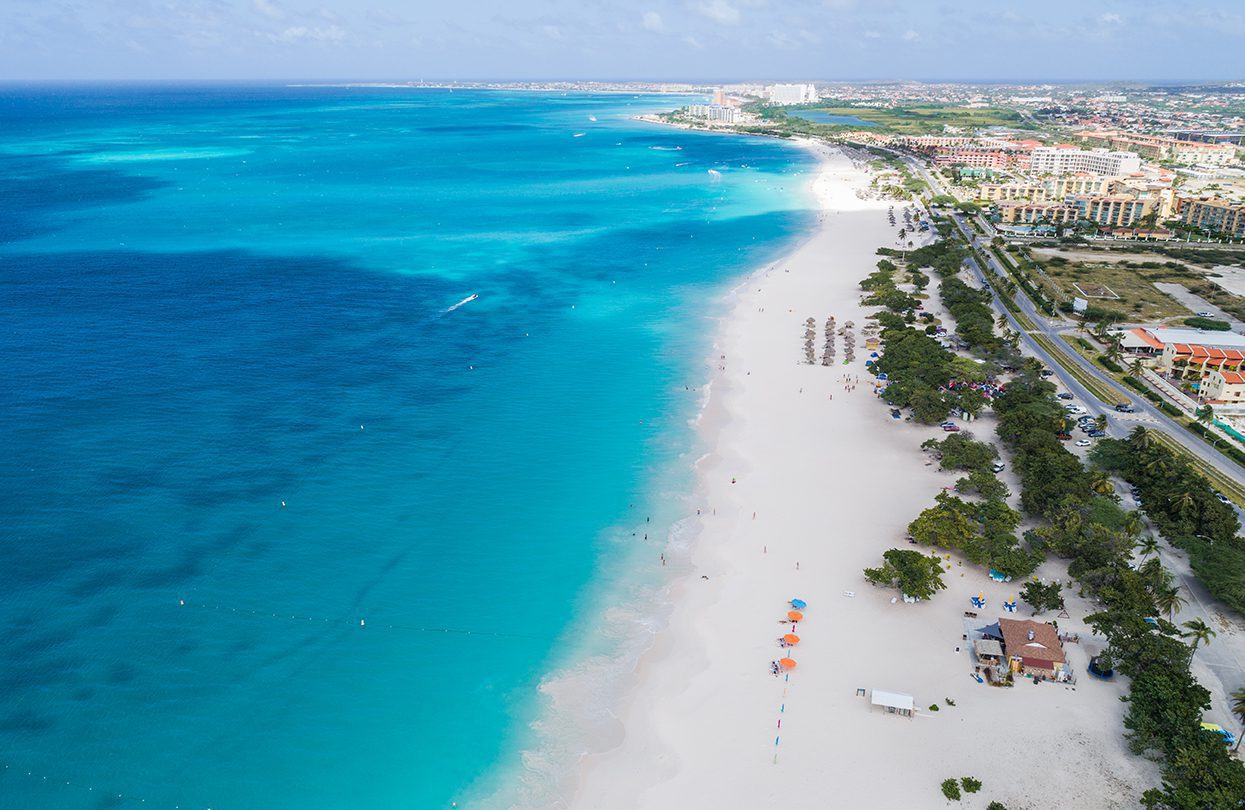
Aerial shot of Eagle Beach, image by Jeroen Lucas, Aruba Tourism
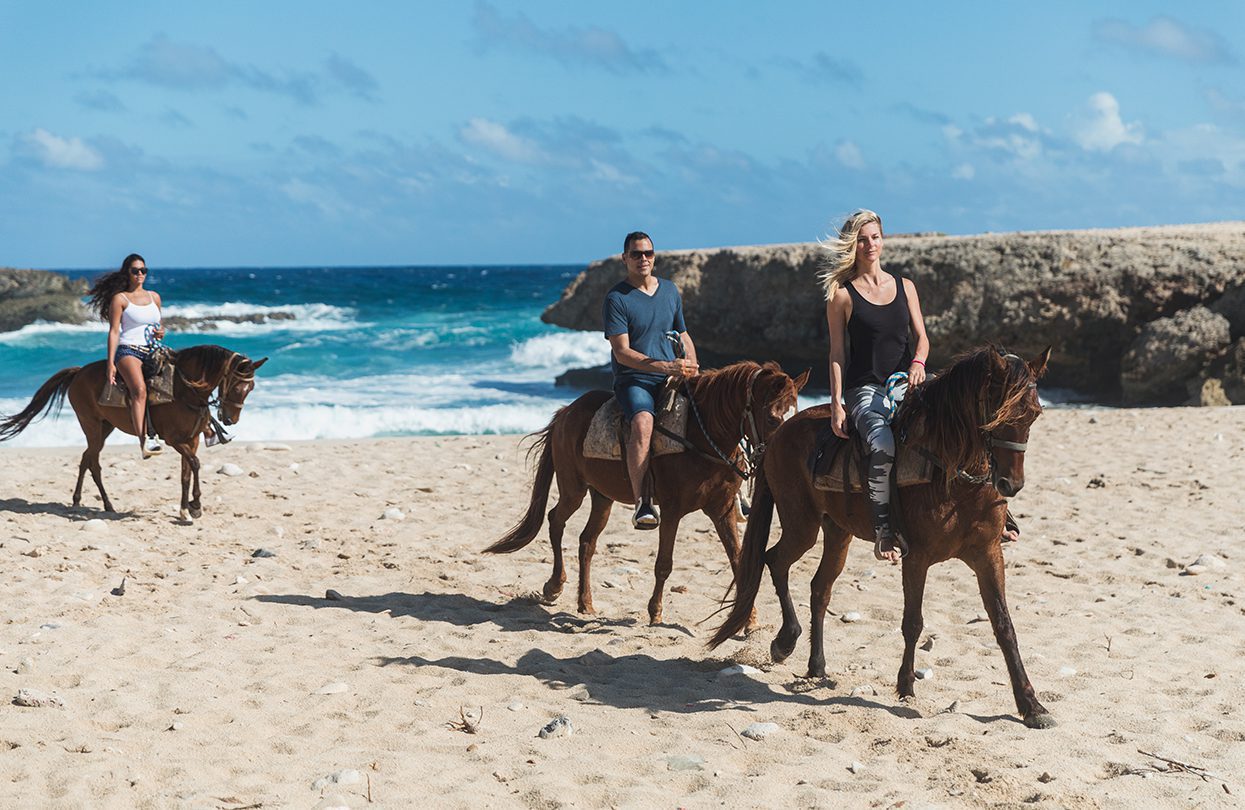
Horseback Riding, image by Wings Global Media, Aruba Tourism
Sail around the island to reach some of the more isolated spots for diving and swimming. Shop for local spices, hot sauces and jams, but also Dutch products in this country that constitutes a part of the Kingdom of the Netherlands.
Croatia
The stunning Adriatic coast is studded with jewels like the walled city of Dubrovnik and Roman emperor Diocletian’s Palace in Split, but don’t overlook smaller destinations like Trogir, with its historic centre on its own island in the middle of the town, or Pula and its Roman amphitheatre, one of the biggest in the empire. The sea is littered with islands —1,244 to be exact.
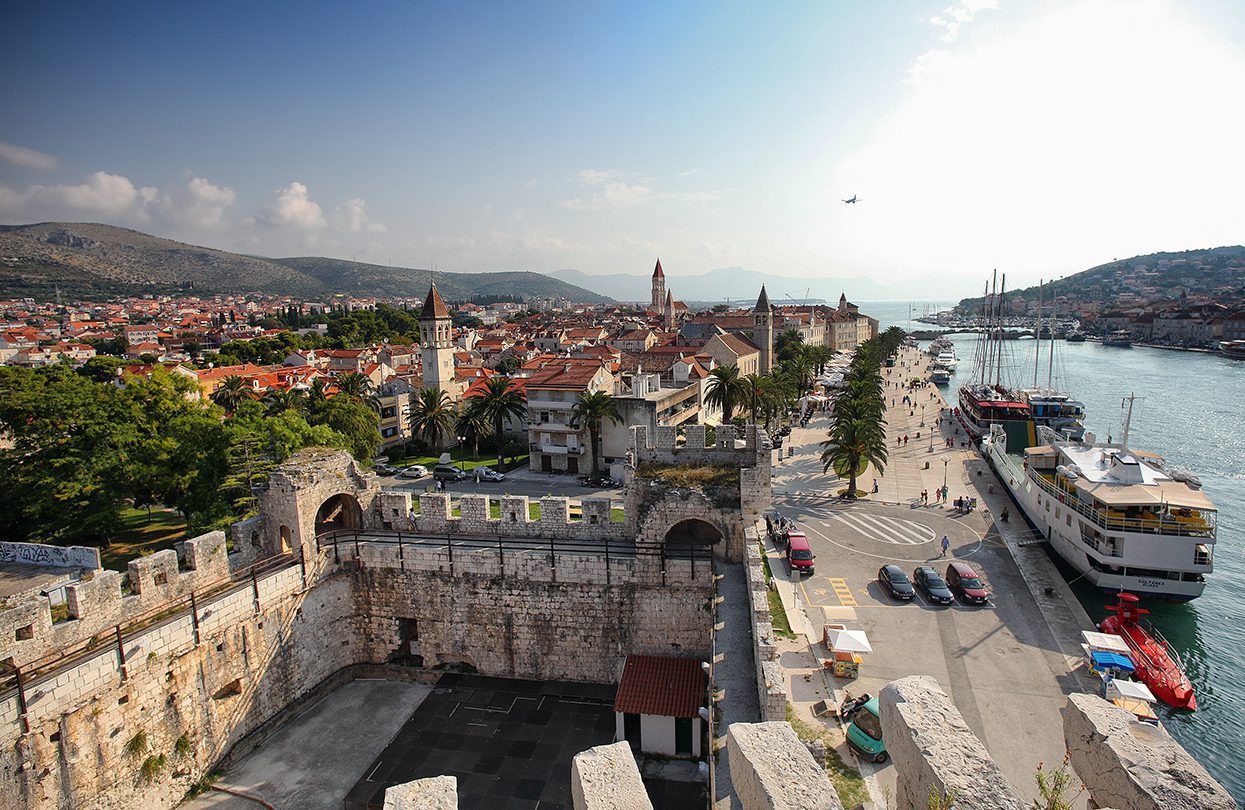
Trogir, image by Denis Peros, Croatian National Tourist Board
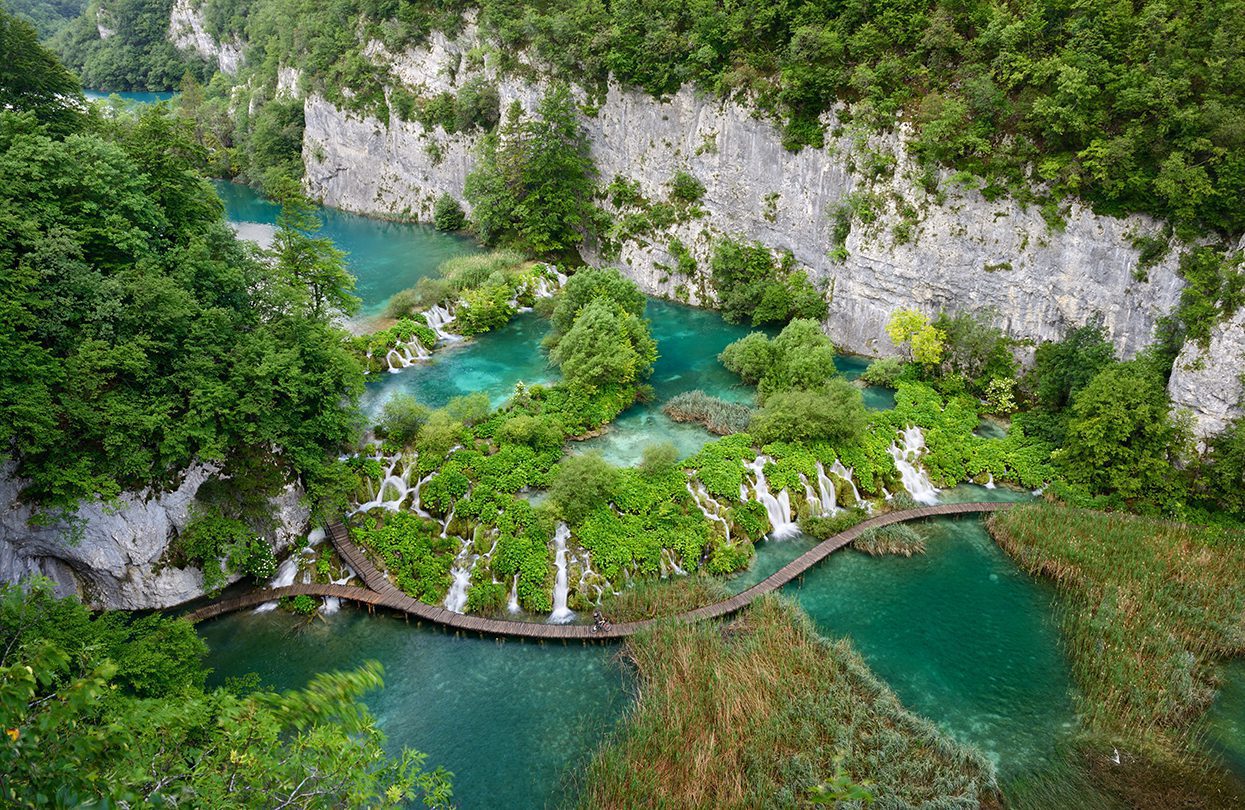
Plitvice Lakes, image by Luka Esenko, Croatian National Tourist Board
Check out the resorts and nightlife on Hvar, nature on Mljet, the beaches on car-free Lopud in the Elaphiti Islands, or sip Pasip wine and discover the birth place of Marco Polo on Korcula. Nature lovers will head for the Plitvice Lakes, the dramatic Grotta Baredine, or the spectacular waterfalls of Krka National Park. ◼
Subscribe to the latest edition now by clicking here.
© This article was first published online in July 2020 – World Travel Magazine.

